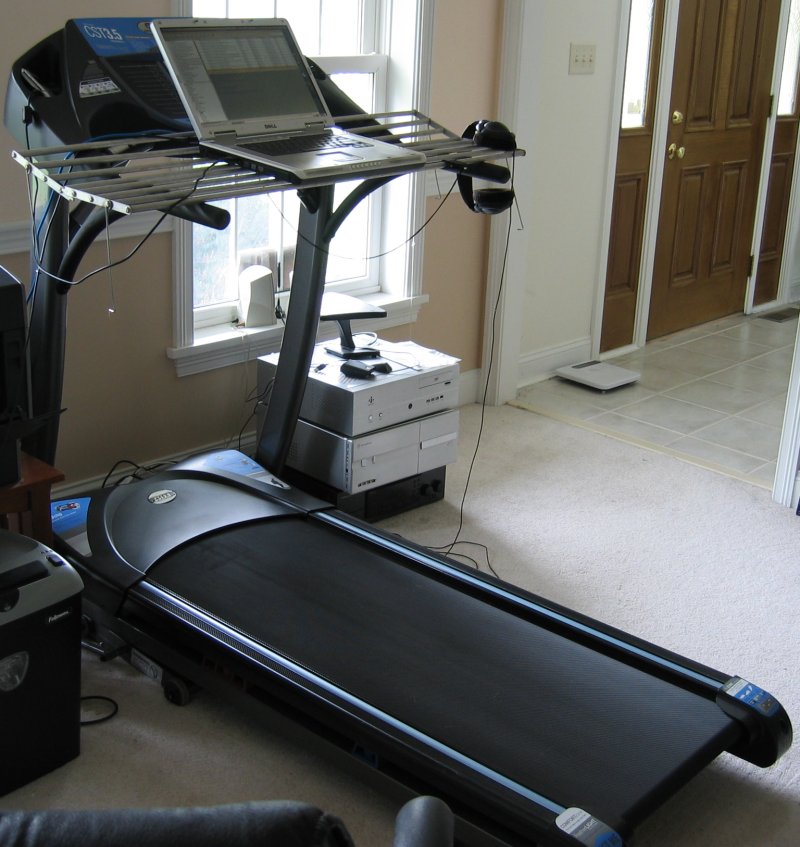A recent discussion with a MythBuntu user who had complaints about KnoppMyth inspired me to check out MythBuntu and see how cool it is. As I remembered from my last time with it, the installer is pretty.
However, it asks you some things that KnoppMyth is able to figure out on its own. Instead of auto-detecting an attached remote control receiver, MythBuntu gives you a giant list of options you have to scroll through. Instead of figuring out which of three proprietary nVidia drivers is best for your video card and installing it automatically, as KnoppMyth does, MythBuntu depends on the user to have this knowledge and tell the installer what to do.
On the plus side, MythBuntu managed to guess the max resolution of my display correctly, which is something that KnoppMyth does not yet do. On the neutral side, it guessed that I wanted to use my DHCP server and didn’t ask if I wanted to do manual configuration. As long as there’s a way for users to switch after the fact, which there is, I suppose that’s a fine default.
When I clicked the button to run mythtv-setup, I see that MythBuntu didn’t detect any of my capture devices, locally or on the LAN. I had to pretend I was using an older version of KnoppMyth and go set this up manually, but it didn’t recognize any of the three DVB cards I have in the test system, so I couldn’t even add them manually. In the plus column for MythBuntu, the reason that mythtv-setup was not automatically run was because it was giving me an opportunity to launch a web browser and create an account with SchedulesDirect. KnoppMyth’s installer doesn’t offer to help you do this.
It asked me if I wanted to run mythfilldatabase after I exited mythtv-setup, which is a strange question. If I hadn’t configured any guide sources, it could catch that and warn me, or at least not ask me if I wanted to run something that wouldn’t produce any results. If I had configured a guide source, it should just run it on its own and not ask me, as KnoppMyth does. It does no harm in either case just to run it.
It has a very pretty installer, though. All the extra questions it asked me were very beautifully displayed.
I also noticed that it doesn’t set up a separate partition for content like KnoppMyth does when it creates /myth. Depending on your upgrade path, that may or may not matter, but it sure is handy for KnoppMyth upgrades, since anything that stays lives in /myth, and the upgrade only reformats /. It also makes it easier to offload /myth to a NAS box or a shiny new machine.
There are several plugins missing from MythBuntu, and there are no pre-configured user jobs for recorded television. Off the top of my head, KnoppMyth adds the Netflix plugin, an Apple Trailers plugin, comes with Frozen Bubble in the games section and has pre-defined iPod and xvid transcoders.
In MythBuntu, the baseline mythtv-setup program, part of MythTV’s core, was renamed to mythtv-setup.real, and mythtv-setup is a wrapper. While I appreciate the wrapper and what it does, they’d have been better off giving the wrapper a different name, like mythtv-setup.wrapper and leaving mythtv-setup alone. They seem to have done that for the frontend too. For package maintenance alone, renaming a core file seems odd.
Although it is possible to get network-driven updates in MythBuntu, and not so much in KnoppMyth (at least not as a full upgrade path), MythBuntu uses Ubuntu’s built-in software for that. Unless I missed it, it’s not integrated into the user’s MythTV experience and seems to require them to exit MythTV and drop to the desktop to accomplish an upgrade. Mind you, KnoppMyth doesn’t do network upgrades after the initial installation (when there is a patcher that runs automatically) so it’s a bit like comparing apples to no apples.
MythBuntu didn’t turn on GL menu effects for me, even though it should know that I’m using the nVidia video driver, and my card can handle that option.
I think MythBuntu could improve greatly if more emphasis were given to hardware support, automation, and extras. KnoppMyth could still be improved in terms of auto-detecting display data and using it to configure display resolution, and by adding full network update features. I happen to know that both are being investigated for the next iteration of KnoppMyth.

